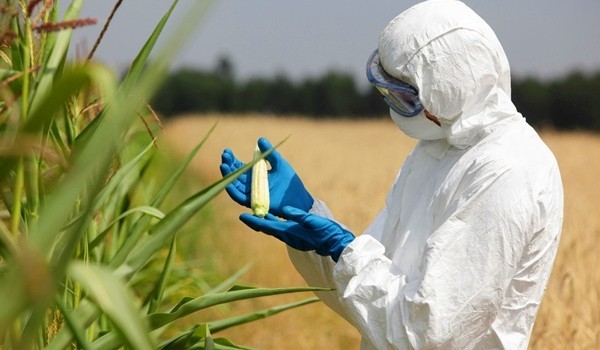
For six days in January 1998, freezing rain coated Ontario, Quebec and New Brunswick with 7-11 cm (3-4 in) of ice. Trees and hydro wires fell and utility poles and transmission towers came down causing massive power outages, some for as long as a month. It was the most expensive natural disaster in Canada. According to Environment Canada, the ice storm of 1998 directly affected more people than any other previous weather event in Canadian history.
A distinct genetic signature has been detected in Canadian “ice storm babies.” Children who were born in the aftermath of the massive Quebec ice storm of 1998. Millions were left without power for days, weeks and even months.
Scientists from the Douglas Mental Health University Institute and McGill University think they've cracked the code on exactly how disasters like the storm can affect the unborn.
Five months after the event, researchers recruited women who had been pregnant during the disaster and assessed their degrees of hardship and distress in a study called Project Ice Storm.
Thirteen years later, the researchers found that DNA within the T cells – a type of immune system cell – of 36 children showed distinctive patterns in DNA methylation.
The researchers concluded for the first time that maternal hardship, predicted the degree of methylation of DNA in the T cells. The “epigenetic” signature plays a role in …
The maple syrup industry was also seriously affected. Over 22% of all Canadian maple syrup taps bore the weight of over 40 mm of ice, including over 23% of Quebec's 21 million taps and 285 000 in Ontario. Quebec's maple syrup industry produces 70% of the world supply. The number of taps was sharply reduced. Millions of tree branches were damaged, seriously affecting sap flow. Domestic sugar maples grow larger than their natural counterparts, giving them more potential for ice damage. Falling branches and ice build-up damaged many of the pipes that channel sap. The Ontario Maple Syrup Producers Association estimated that it could take up to 40 years for eastern Ontario's production to return to normal.
Please Read this Article at NaturalBlaze.com





Leave a Reply